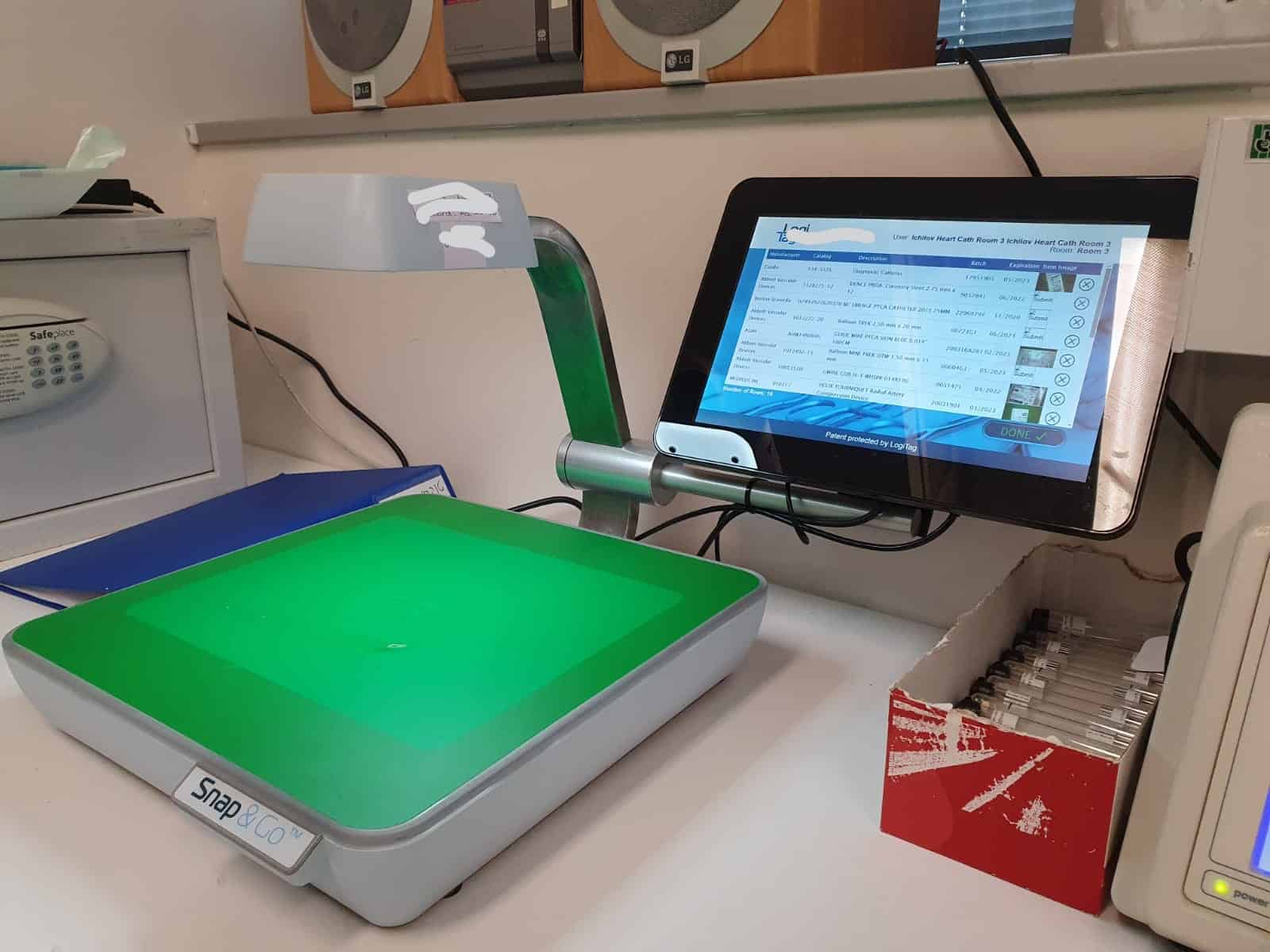Takeaways at a Glance:
Nurse retention initiatives are being rolled out across the US:
- Retaining staff is a current priority for healthcare organizations.
- If retention fails, there is a price to be paid – recruiting nurses is costly and turnover times are lengthy.
- Staff shortages are a double blow to organizations – increasing operational costs, while at the same time impairing performance.
- Technology can significantly reduce nurse supply chain admin and in doing so, improve job satisfaction.
- We highlight two tools that are proven to significantly reduce perioperative admin time.
As unprecedented staff shortages continue to put pressure on healthcare providers, can automation play a role in retaining perioperative nurses?
Nursing shortages are high up on the list of pressing issues for healthcare leadership. Staff shortages have hit healthcare organizations across the sector, with tired, overstretched and reduced workforces becoming the unfortunate norm.
Hospitals and ASCs are looking for ways to improve staff retention, with a wide range of initiatives being implemented to improve the work climate, boost morale and increase job satisfaction.
It certainly makes good business sense to encourage staff retention, as healthcare recruitment is far from straight forward.
Facts and figures on nurse recruitment and retention issues
Organizations are finding it hard to recruit nurses, a study*1 found that:
- 75% of respondents were finding it more difficult to recruit experienced OR Nurses, with unfilled vacancies being staffed by expensive agency nurses.
- 47% of respondents increased their use of agency/travel RNs in 2022.
- It takes around 111 days to fill an open OR nurse position.
- Staffing issues have fueled recruitment costs – higher salaries, sign-on and relocation bonuses plus other benefits.
Retaining staff prevents the high cost of replacement, which includes recruitment, onboarding, training and orienting. According to a recent study*2:
- The average RN staff turnover figure is 1%
- The cost of replacing each RN is $46,131.
- The average annual cost savings for a hospital per 1% change in RN turnover is $262,289.
It’s not just about recruitment and retention, the recent phenomenon of ‘quiet quitters’ refers to staff who may not be leaving but are unmotivated and under productive.
- Quite quitters are said to make up 50% of the workforce*4.
Taking steps to retain staff and improve morale is a worthwhile investment, preventing operational disruption, reduced performance and high turnover costs.
- Staff shortages are cited as the main contributor to one hospital’s*3 $113 million net operating loss – an unsustainable situation which could lead to closure. This situation is common to many hospitals.
Hospitals and ASCs are looking at a range of options to help them turn around their workforce woes and technology could be a key factor.
Automating tasks improves nurse job satisfaction
One issue being looked at is how to ease the administrative pressures on busy nursing staff, with many healthcare organizations looking to incorporate automation and streamline workflows.
It is clear that nurses’ main motivation is patient care, and that administration diverts them from their main task, causing frustration.
Automated technology can significantly reduce routine administration and is a simple way to improve the job satisfaction of perioperative nurses.
Two admin-busting tools to lighten the load on nurses
Enabling nurses to work smarter, not harder, makes common sense. IDENTI Medical uses new technology to create user-friendly, nurse-centric tools for the surgery setting.
Two tools in particular are proving to be popular time savers:
Quick location of items needed for surgery
Total Sense is an automated medical device, tissue and implant tracking cabinet that supports nurses by providing real-time tracking and inventory vision, plus automated restocks. It also flags expiring and recalled items to reduce wastage and prevent ‘never-events’.
A Senior Nurse using Total Sense fed back that it saves him 5-6 hours a day!
Locating stock is now a simple task, with no need to hunt down supplies.
Imagine the difference in job satisfaction between a nurse spending 75% of their time hunting down stock, and another nurse who can easily identify the exact cabinets the supplies they need are located in!

Total Sense – automated implant tracking in the surgical setting
Quick and easy POU data capture
Snap & Go is a fresh approach to item and charge capture during surgery. It puts an end to inadequate barcode scanning, instead using image-recognition technology. Snap & Go just requires the Circulatory Nurse to take a quick ‘snap’ of product packaging, and the cloud software then automates the tasks of item identification and charting in the EMR.
Full utilization documentation now takes nurses just 3 seconds per item!
No more keying-in missing data after a barcode scan. No more ploughing through screens and drop-down lists to load missing products onto the system.
See how easy point of use data capture can be by viewing our short Snap & Go video.

Snap & Go – simplified item and data capture in procedure rooms
Streamlining surgical workflows using new technology can make a BIG difference to nurse satisfaction and this, in turn, can support improved staff retention and increased operational performance.
Find out more about IDENTI’s timesaving, interoperable solutions and consider the impact they could have your nursing team.
*1 OR Manager Survey
*2 True cost of turnover Study
*3 Beckers article on staff shortages
*4 Beckers quiet quitters






